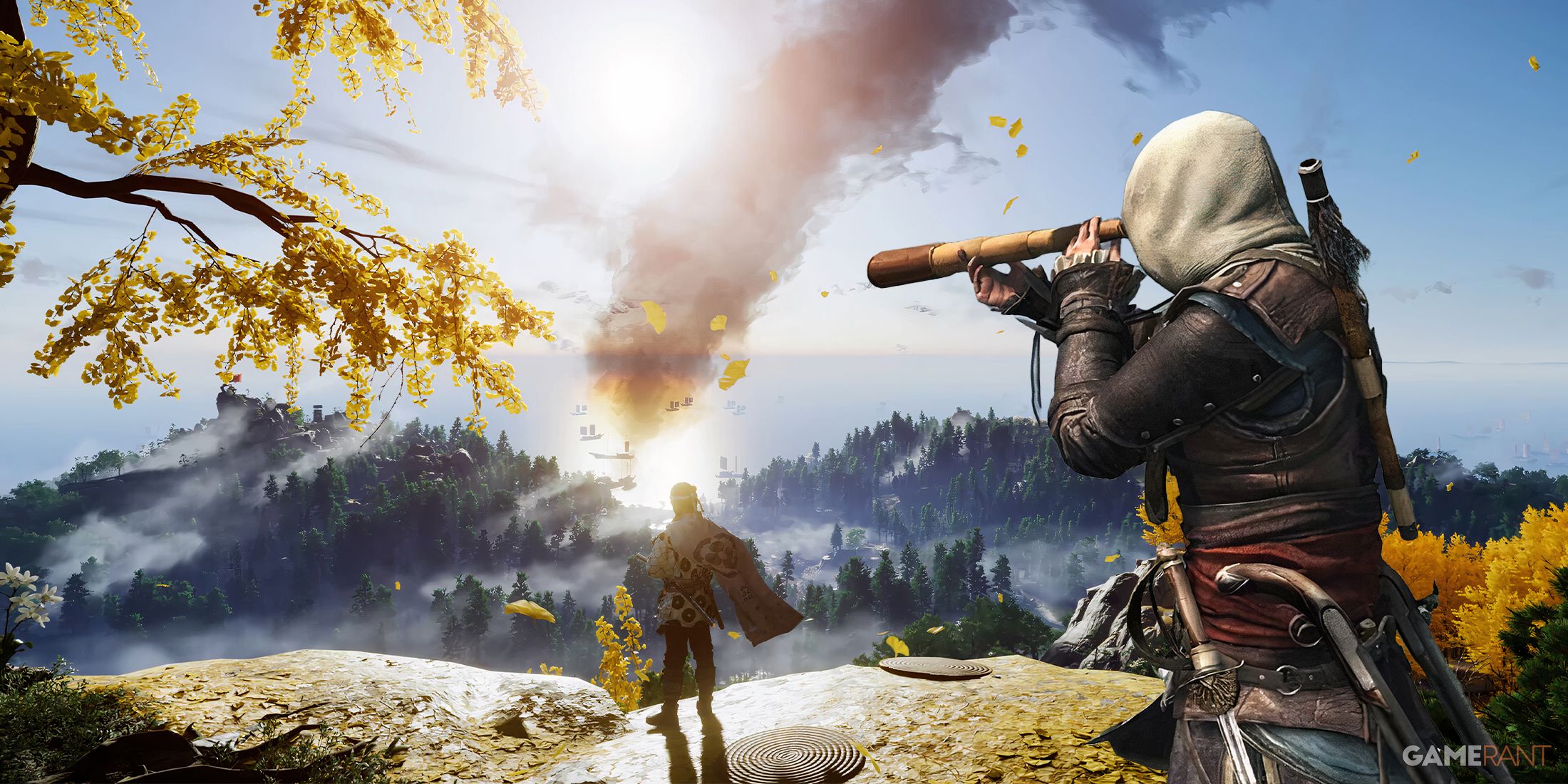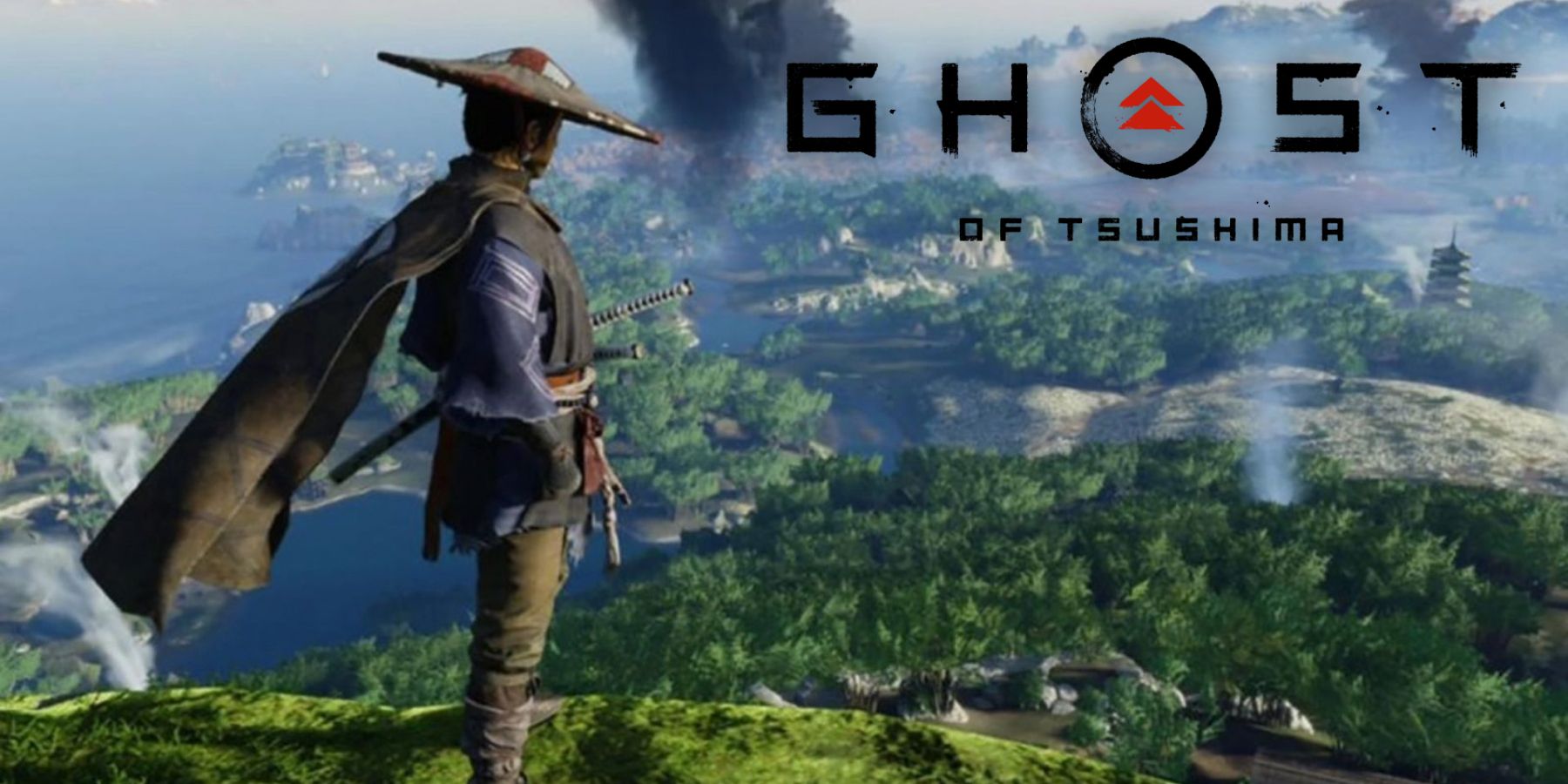Though it may have been overshadowed by the then-recently released Last of Us Part 2, Ghost of Tsushima has managed to gain quite the name for itself in the years since and is now widely believed to be one of the best open-world games in recent memory. Set in 13th-century Japan, Ghost of Tsushima is packed to the brim with breathtaking vistas, from far-stretching fields filled with poppies to war-torn beachfronts. While walking through Ghost of Tsushima's world, it feels as though every frame could be a renowned piece of art, and it's become one of the game's most defining features.
Of course, just because a video game open-world is beautiful doesn't necessarily mean that it's fun to play. Open-world games need to carefully balance collectibles, side quests, optional activities, and a main story all at the same time, and thankfully, Ghost of Tsushima excels in most of these areas. Though it hasn't been officially announced, it feels like Ghost of Tsushima 2 is an inevitability, and though it has some exceptional groundwork to build off, there's one classic open-world feature that the sequel might be better off removing entirely, and that's fast travel.

After Rise of the Ronin, Ghost of Tsushima 2 Could Prove a Rising Tide Lifts All Boats
Rise of the Ronin's spin on an open-world samurai action game has valuable lessons it can impart on a potential Ghost of Tsushima sequel.
Ghost of Tsushima 2 Should Remove Fast Travel
Fast Travel Can Be a Blessing and a Curse
Over the last two decades or so, fast travel has become an expected feature of just about any open-world game, for better and for worse. While fast travel in many original forms used to see the player only being able to traverse between a handful of specific points at a specific moment in time, modern-age fast travel often allows the player to zip between countless locations from across the entire map in an instant, no matter where in the open-world they currently are.
On one hand, this modern form of fast travel is an undeniable quality-of-life improvement for open-world titles, allowing players to traverse huge distances without the need to backtrack for hours at a time.
Fast travel is also extremely useful for players looking to complete the game's side activities as efficiently as possible, being able to zip to a location at a moment's notice, complete the activity, and zip off to the next one. And with modern-age tech like SSDs, fast traveling has become an even more efficient feature, allowing players to teleport to a location almost instantly.
But fast travel isn't without its downsides. One of the biggest issues associated with modern-age fast travel mechanics is that players will often rely on their convenience a little too much, using the feature to just zoom straight to the next objective rather than take the time to really immerse themselves in the open world around them. This can be a pretty major issue in games like Dragon's Dogma 2 and Zelda: Tears of the Kingdom, where narrative and gameplay are core to the experience, as players who exploit fast travel too much will often miss notable events along the way to an objective.
How Ghost of Tsushima 2 Could Benefit From Having No Fast Travel
As mentioned up top, one of the biggest highlights of Ghost of Tsushima was its open world, and in particular the world's art direction and general presentation. Though many players chose to forego using fast travel in Ghost of Tsushima due to these gorgeous sights and the associated atmosphere, players still had the option to fast travel across the entire map and thus could miss out on much of the game's charm. Ghost of Tsushima 2 could avoid this by removing fast travel completely.
Though it might be controversial, no fast travel mechanic in Ghost of Tsushima 2 could make the sequel feel even more immersive than its predecessor, especially if additional game mechanics were implemented to make better use of the open world. Implementing more narrative and gameplay features such as more unique random enemy encounters and boss fights would be a great way to achieve this.




